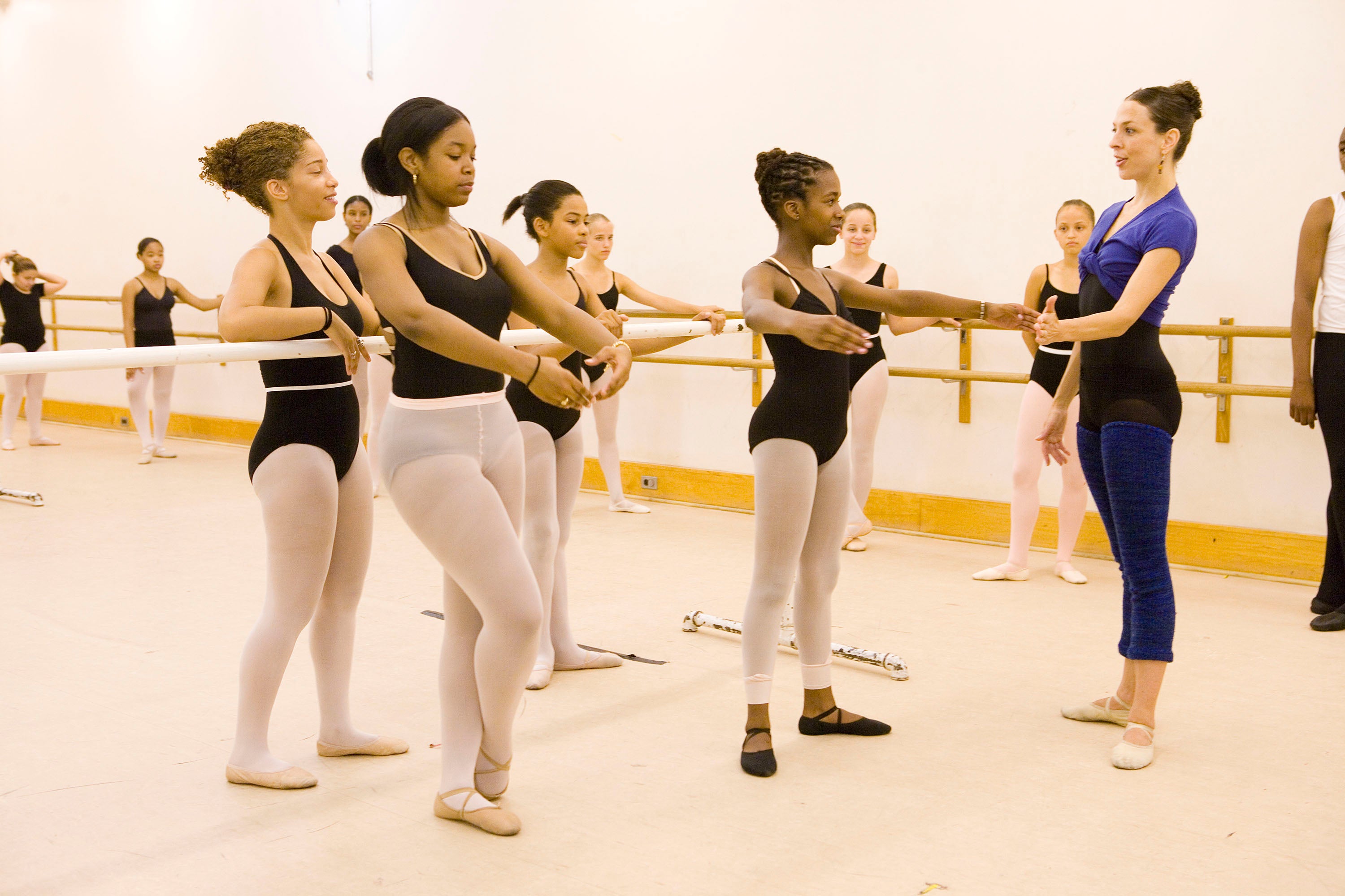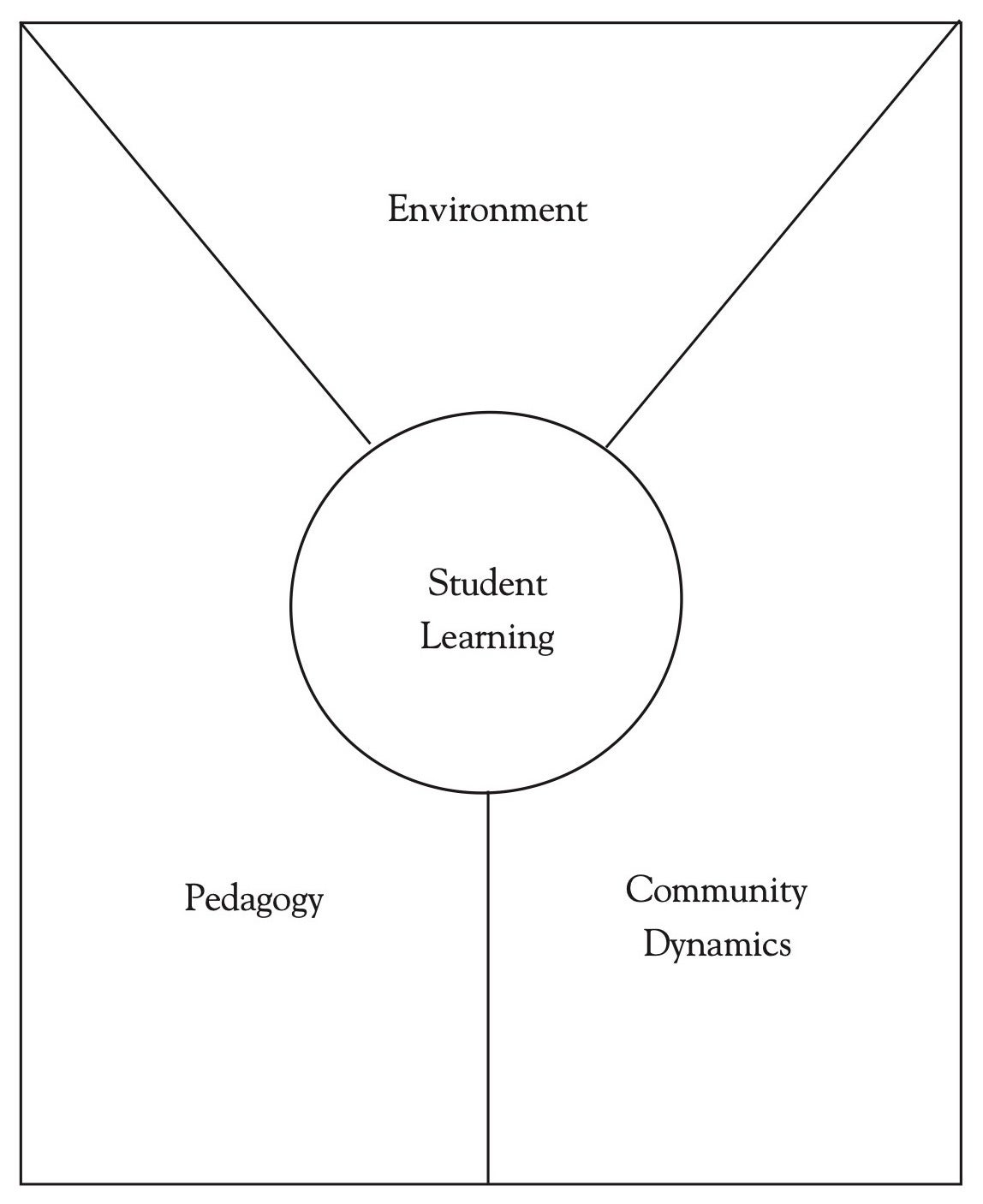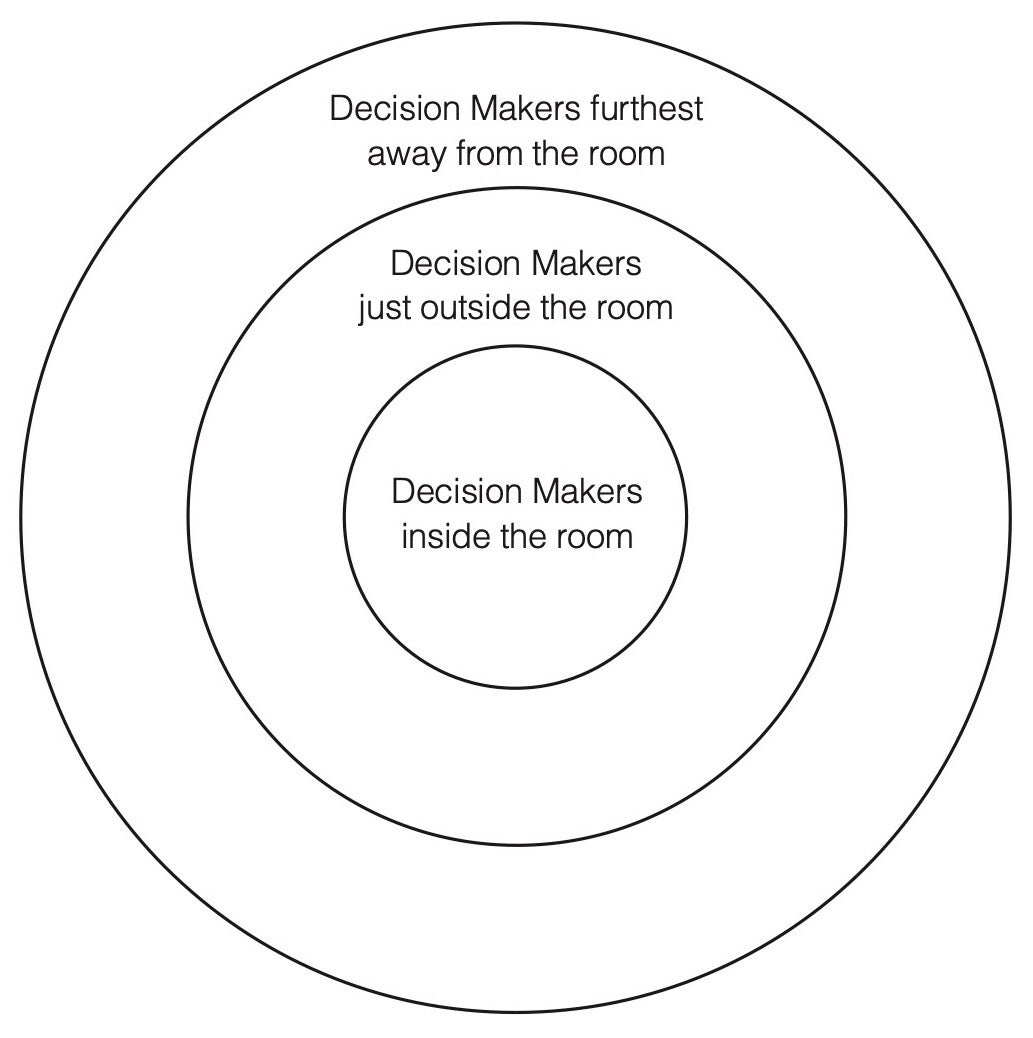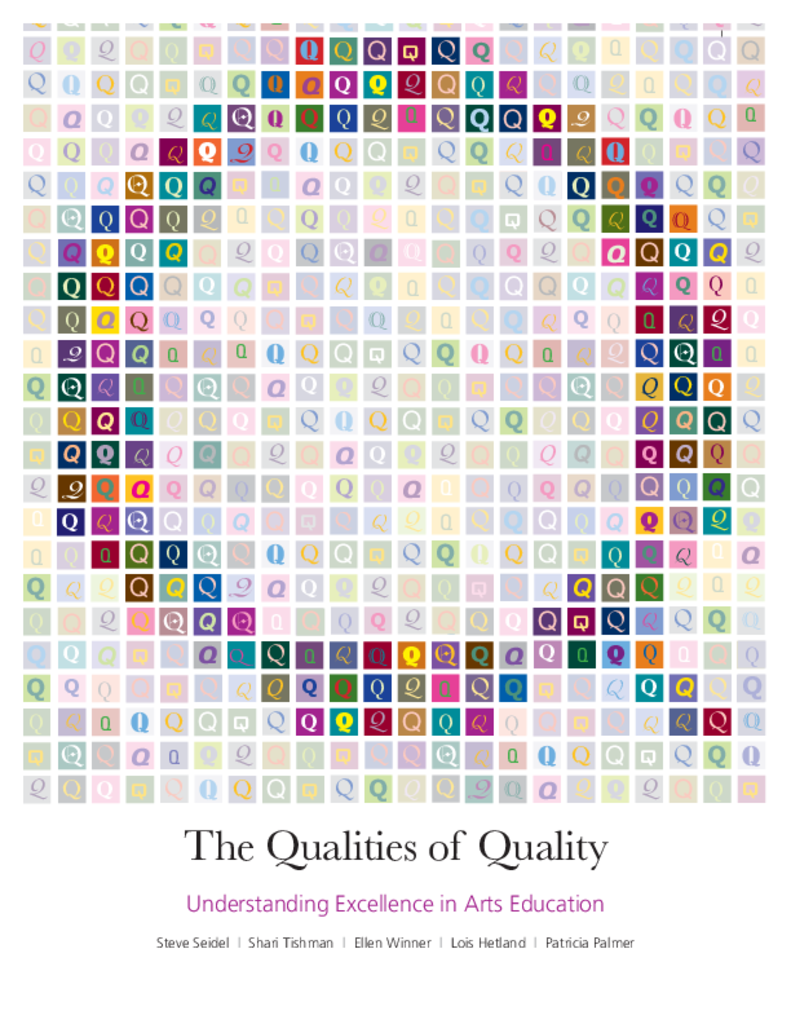Breadcrumb
- Wallace
- Reports
- The Qualities Of Quality Underst...
The Qualities of Quality
Understanding Excellence in Arts Education

Summary
How we did this
The goal of the Qualities of Quality Study was to conduct a multi-faceted study of how arts educators define and strive to create high quality arts learning experiences for children and youth. Research was conducted through interviews with more than 250 leading arts practitioners, theorists and administrators; site visits to exemplary arts programs across a range of settings; and a review of published literature.
Many children in the United States have little or no access to formal arts instruction. Of opportunities that do exist, the quality of those experiences is of concern. The infrastructure for in-school arts learning has weakened over the last century.
This report addresses the challenge of creating and sustaining high-quality formal arts learning experiences for K-12 youth. Through interviews, site visits, and a literature review, researchers from Project Zero at the Harvard Graduate School of Education answer three core questions:
- How do arts educators in the U.S. conceive of and define high quality arts learning experiences?
- What markers of excellence do educators and administrators look for in the actual activities of arts learning and teaching as they unfold in the classroom?
- How do a program's foundational decisions, as well as its ongoing day-to-day decisions, affect the pursuit and achievement of quality?
The report also offers a set of tools. These tools can help arts educators and others build and clarify their visions of high quality arts education, identify elements of quality in their own programs, and seek alignment across decision makers whose decisions affect quality.
Major Findings
Several major themes and findings emerged from the study. They include:
The drive for quality is personal, passionate, and persistent. Educators want young people to experience quality in arts learning. They want young people to work with excellent materials, outstanding works of art, and passionate and accomplished teachers. They also want youth to have powerful group interactions, performances that make them feel proud, and rewarding practice sessions.
Quality arts education serves multiple purposes. Quality arts education fosters the capacity for creative thinking and making connections. It helps students develop aesthetic awareness and visual observation skills. It also provides venues for self-expression and self-exploration.
Quality reveals itself through four overlapping lenses. These lenses are: learning, pedagogy, community dynamics, and environment. Learning focuses on what students do in the classroom. Pedagogy focuses on how teachers teach their craft. Community dynamics reveal the nature of social interaction in the classroom, between and among both students and teachers. Environment focuses on the time and space students have to engage in learning.
Foundational decisions matter. Foundational decisions give a program its identity and provide the parameters within which quality is pursued. These decisions include (1) Who teaches the arts? (2) Where are the arts taught? (3) What is taught and how? and, (4) How is arts learning assessed?
Decisions and decision makers affect quality. Decision makers play a critical role in the quality of students’ arts learning experiences. Decision makers outside the classroom include administrators, funders, policy makers and parents. Those inside the classroom include students, teachers, and artists.
Reflection and dialogue is important at all levels. Thinking deeply about quality is essential to achieving quality. This includes talking about quality, worrying about it, and continually revisiting ideas about the characteristics and indicators of quality. Misalignment around what decision makers think constitutes quality often complicates its pursuit.
Tools for Achieving and Sustaining Quality
The report also offers tools and guidance to help arts educators build their own vision of quality arts education. These tools can help build and clarify ideas about quality. They can also help create alignment between program goals and practices. They include:
The Learning Purposes of Arts Education
Four Lenses on Quality
Examining the Base: Foundational Issues
Three Circles of Decisionmakers
These tools can be used by members of the arts program's community. They are designed to guide small and large group reflection and discussion.

The question of what constitutes high quality arts education is deeply linked to the question of why we should be teaching the arts.
Key Takeaways
- Educators want young people to experience quality in arts learning. This means having experience with quality (excellent materials, instruction, pieces of art) and of quality (powerful group interactions, performances, and practices that make them feel proud).
- Quality arts education serves multiple purposes. Quality arts education fosters the capacity for creative thinking and making connections. It helps students develop aesthetic awareness and visual observation skills. It also provides venues for self-expression and self-exploration.
- Quality reveals itself through four overlapping lenses. These lenses are: learning, pedagogy, community dynamics, and environment.
- Foundational decisions give a program its identity and provide program parameters. These decisions include (1) Who teaches the arts? (2) Where are the arts taught? (3) What is taught and how? and (4) How is arts learning assessed?
- Decision-makers both inside and outside the classroom play a critical role in the quality of students’ arts learning experiences.
- Reflection and dialogue are important at all levels. Thinking deeply about quality - talking about it, worrying about it, and breaking down what it means–is essential to achieving quality.
Visualizations



